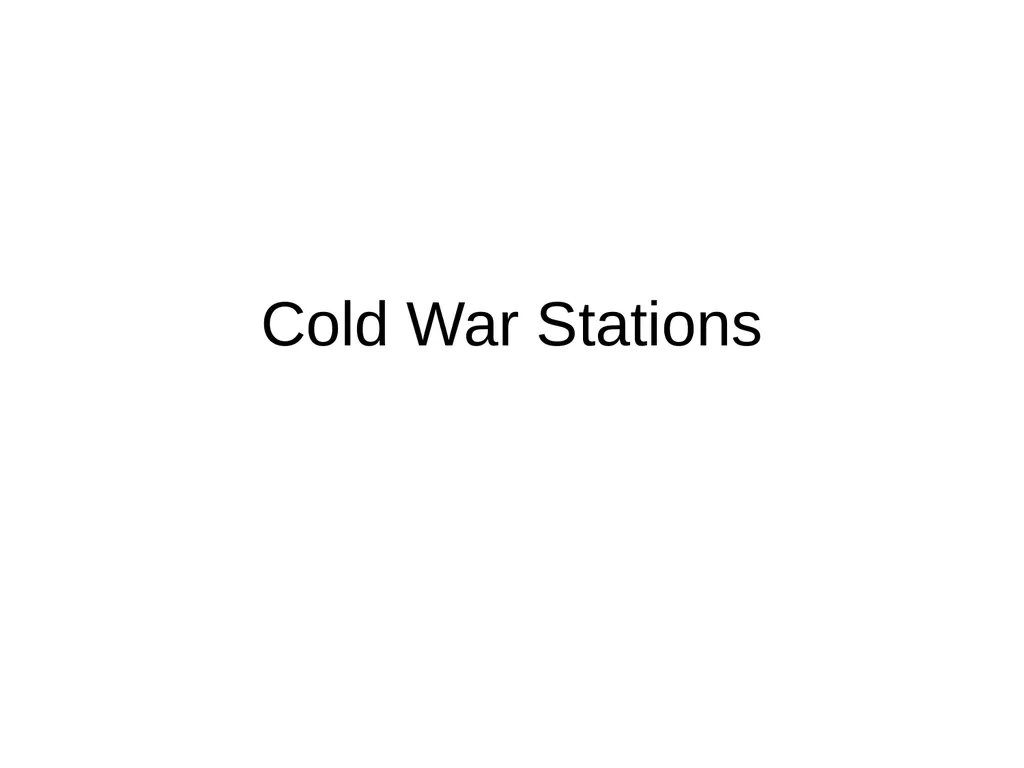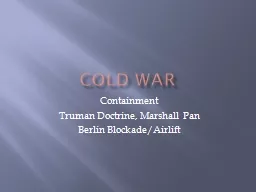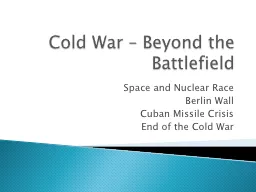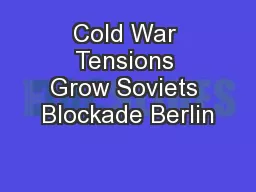
Author : lois-ondreau | Published Date : 2025-08-04
Description: Cold War Stations Station A: Berlin Airlift The Berlin airlift marked the first major confrontation in the Cold War. For 11 months, beginning in June 1948, the Western allies took part in an unprecedented attempt to keep a city alive --Download Presentation The PPT/PDF document "" is the property of its rightful owner. Permission is granted to download and print the materials on this website for personal, non-commercial use only, and to display it on your personal computer provided you do not modify the materials and that you retain all copyright notices contained in the materials. By downloading content from our website, you accept the terms of this agreement.
Here is the link to download the presentation.
"Cold War Stations Station A: Berlin Airlift The"The content belongs to its owner. You may download and print it for personal use, without modification, and keep all copyright notices. By downloading, you agree to these terms.













